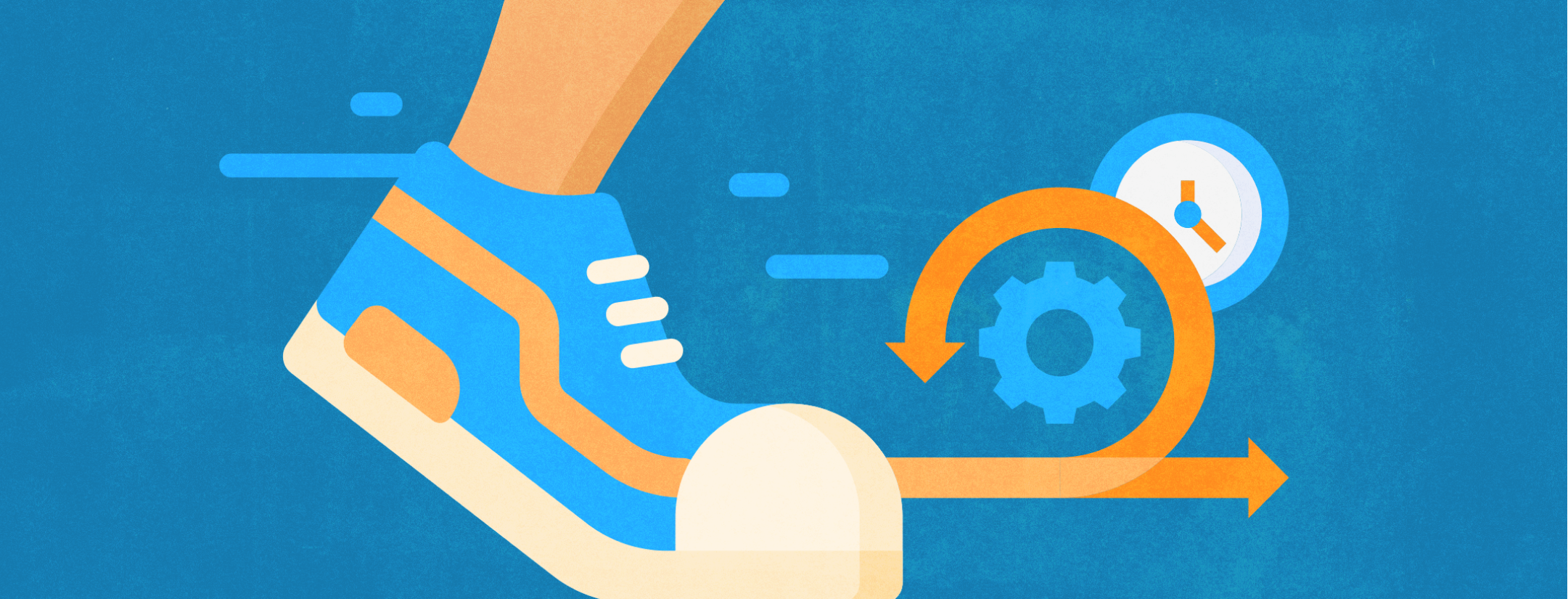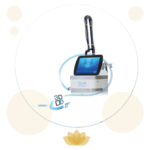
Agile is an iterative methodology that allows teams to make changes based on feedback from clients and stakeholders. This approach helps teams stay focused on the task at hand.
A major benefit of adopting Agile design is that it enables designers to create products that meet users’ needs. It also encourages collaboration between different team members.








